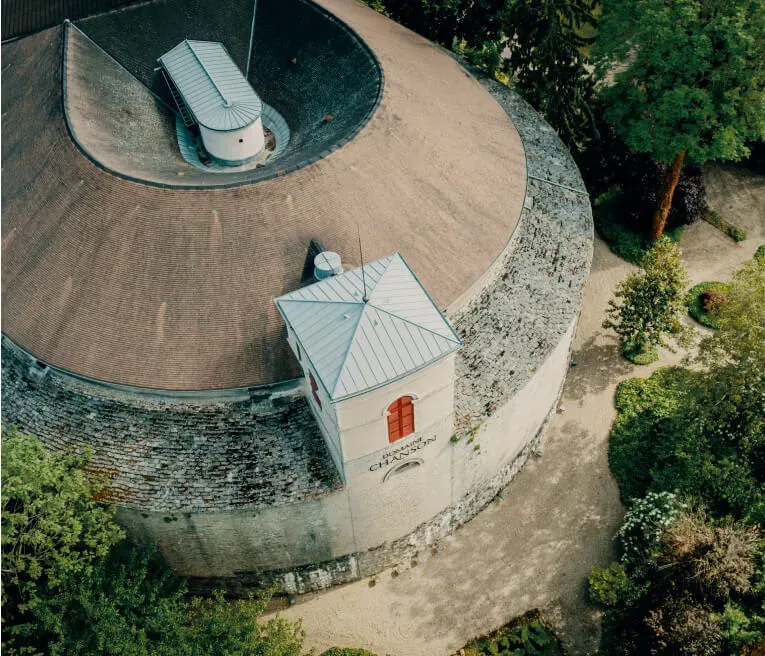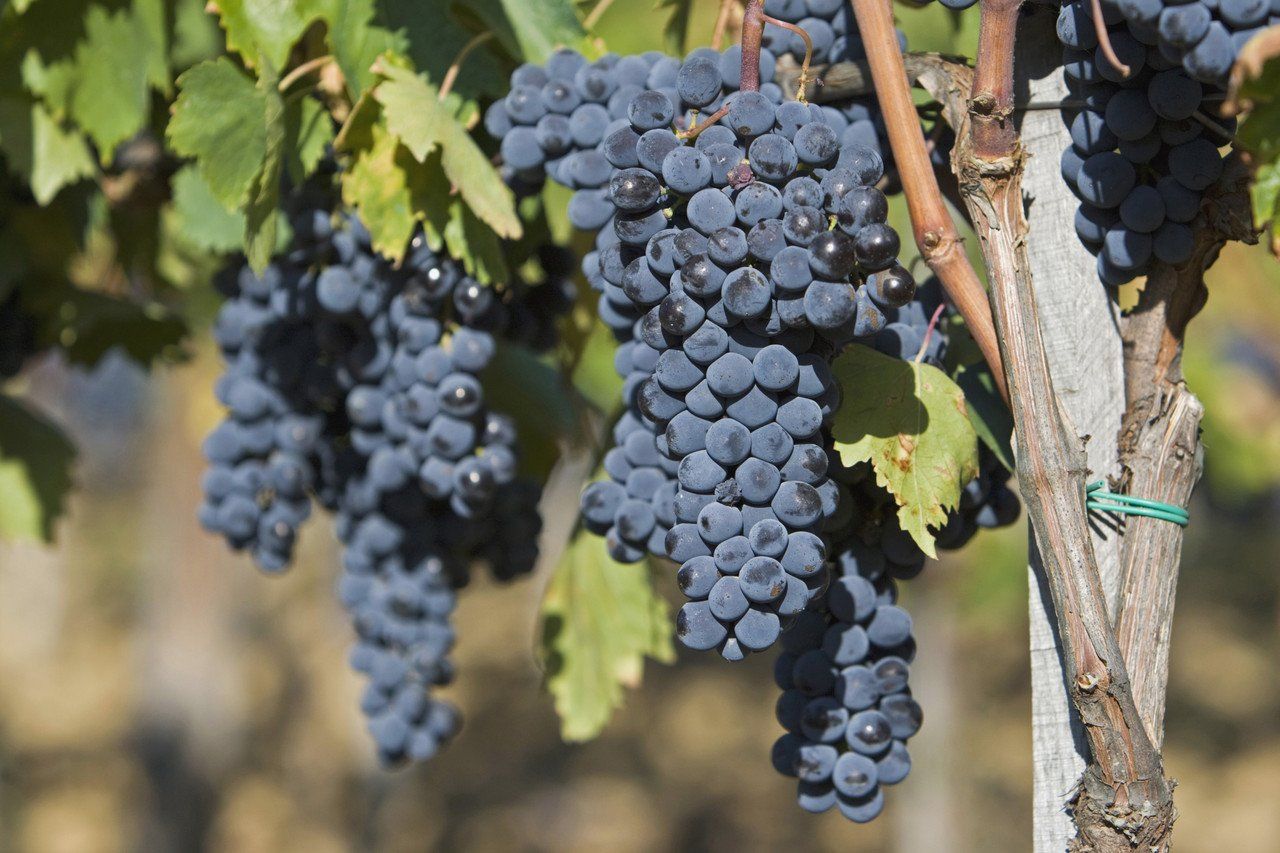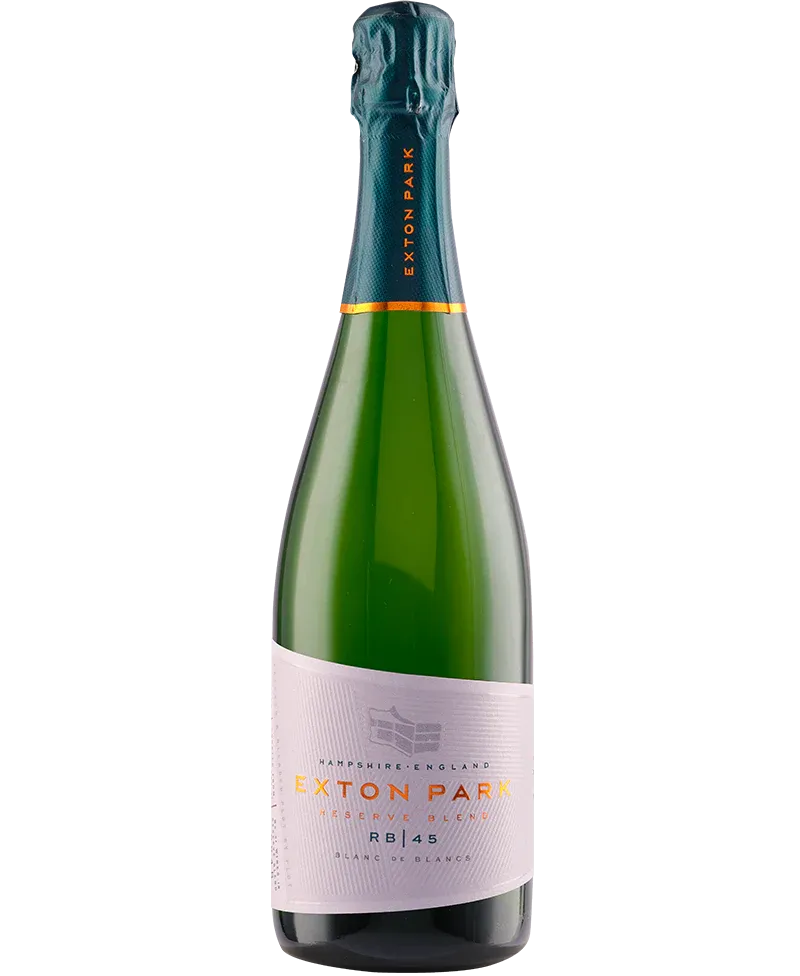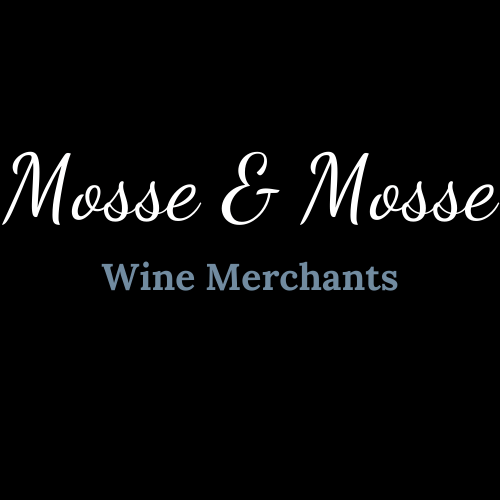Bordeaux vs Burgundy vs Rioja What s the Difference and Which Wine Should You Choose
The world of wine is vast and diverse, with regions like
Bordeaux,
Burgundy, and
Rioja standing as pillars of tradition and quality. These regions have cultivated their winemaking practices over centuries, developing distinct styles that have captivated wine enthusiasts worldwide. Each region carries its own story, shaped by geography, climate, and the expertise of generations of winemakers. By delving into the characteristics of these regions, we gain insight into the artistry and dedication that defines their wines.
Bordeaux: The Powerhouse of French Wines
Bordeaux, located in the southwest of France, is often associated with some of the most prestigious wines in the world. Known for its red blends, Bordeaux typically combines grape varieties such as Cabernet Sauvignon, Merlot, and Cabernet Franc. This blending tradition creates wines with complexity and balance, often designed for longevity and aging potential. The region is divided by the Gironde estuary into the Left Bank and the Right Bank, each offering distinct wine profiles. The diversity within Bordeaux allows for a range of expressions, from robust and structured to softer and more approachable styles.
Left Bank vs Right Bank
- Left Bank: Dominated by Cabernet Sauvignon, wines are known for their robust structure and tannins. The gravelly soil of the Left Bank provides excellent drainage, encouraging the growth of powerful, age-worthy wines. Famous appellations include Médoc and Graves, where some of the world's most celebrated châteaux are found. These wines are often described as having a backbone of tannins, with flavors of blackcurrant and cedar.
- Right Bank: Merlot takes center stage here, producing softer, fruitier wines. The clay-rich soils of the Right Bank are ideal for Merlot, resulting in wines that are plush and approachable even in their youth. Notable areas include Saint-Émilion and Pomerol, where the wines offer lush fruit flavors and a velvety texture. These wines are often characterized by their elegance and drinkability, making them popular choices for those seeking a more immediate pleasure.
Burgundy: The Elegance of Terroir
Burgundy is located in eastern France and is celebrated for its Pinot Noir and Chardonnay wines. Unlike Bordeaux, Burgundy's focus is on single-varietal wines, allowing the terroir to shine through. This region is all about the concept of "terroir," where the vineyard's location dictates the wine's characteristics. The unique combination of soil, climate, and topography in Burgundy creates wines with a profound sense of place. Each vineyard, or "climat," is capable of producing wines with distinct and nuanced flavors, reflecting the subtle differences in terroir.
Key Sub-Regions in Burgundy
- Côte de Nuits: Known for powerful, age-worthy Pinot Noir. This sub-region is home to some of the most prestigious vineyards in the world, producing wines that are sought after for their depth and complexity. The wines from Côte de Nuits often exhibit aromas of dark fruits, earth, and spice, with a structure that supports long aging.
- Côte de Beaune: Offers a mix of excellent reds and whites, including the renowned Montrachet. The wines here are known for their finesse and balance, with whites that are rich and complex, and reds that are elegant and expressive. This area showcases the versatility of Burgundy, producing wines that range from delicate and floral to rich and opulent.
- Chablis: Famous for its crisp, minerally
Chardonnay wines. The cool climate and limestone soils of Chablis result in wines that are lean and refreshing, with high acidity and mineral notes. These wines are often unoaked, allowing the purity of the Chardonnay grape to shine through, making them a favorite for those who appreciate a clean and precise style.
Rioja: Spain's Flagship Wine Region
Rioja, nestled in northern Spain, is synonymous with Tempranillo-based wines. Spanish winemakers often age their wines longer than their French counterparts, resulting in mature, complex bottles by the time they reach the market. The tradition of extended aging in Rioja imparts a unique character to the wines, with flavors that are both rich and harmonious. Rioja wines are categorized based on aging: Crianza, Reserva, and Gran Reserva, with each level offering a different taste experience. This classification system provides consumers with an indication of the wine's style and potential complexity.
The Aging Categories of Rioja
- Crianza: Aged for at least two years, with at least one year in oak. These wines are typically fresh and lively, with bright fruit flavors and a hint of spice from the oak. Crianza wines are approachable and versatile, making them a great choice for everyday enjoyment.
- Reserva: Aged for at least three years, with at least one year in oak. Reserva wines offer a balance of fruit and oak, with more complexity and depth than Crianza. The additional aging softens the tannins and integrates the flavors, resulting in wines that are smooth and harmonious.
- Gran Reserva: Aged for at least five years, with at least two years in oak. Gran Reserva wines represent the pinnacle of Rioja's aging tradition, with rich, evolved flavors and a silky texture. These wines are the most complex and nuanced, often exhibiting tertiary aromas and flavors that develop with extended bottle aging.
Wine Comparison: Bordeaux vs Burgundy vs Rioja
When comparing these iconic regions, several factors come into play, including grape varieties, winemaking styles, and flavor profiles. Here's a closer look at what sets them apart. Understanding these differences not only enhances your appreciation of each region but also guides your selection process, ensuring you choose a wine that aligns with your taste preferences and the occasion at hand.
Grape Varieties
- Bordeaux: Mainly blends of Cabernet Sauvignon, Merlot, and Cabernet Franc. This combination allows winemakers to craft wines with balance, complexity, and aging potential. The art of blending in Bordeaux is about creating harmony among the different grape varieties, each contributing its unique characteristics to the final wine.
- Burgundy: Predominantly single-varietal wines, with Pinot Noir for reds and Chardonnay for whites. The focus on single grape varieties in Burgundy highlights the expression of terroir, with each wine reflecting the unique conditions of its vineyard. This approach results in wines that are nuanced and expressive, with a purity of flavor that is highly prized.
- Rioja: Primarily
Tempranillo, sometimes blended with Garnacha, Mazuelo, and Graciano. The use of Tempranillo as the dominant grape in Rioja gives the wines their distinctive character, with flavors that range from bright and fruity to rich and earthy. The blending of other grape varieties adds complexity and depth, enhancing the overall profile of the wines.
Flavor Profiles
- Bordeaux: Rich, full-bodied, with notes of blackcurrant, cedar, and sometimes tobacco. The wines from Bordeaux are known for their structure and depth, with a tannic backbone that supports long aging. The flavors are often layered and complex, evolving over time to reveal additional nuances and characteristics.
- Burgundy: Elegant and nuanced, with flavors ranging from red fruits in Pinot Noir to buttery and mineral notes in Chardonnay. The wines from Burgundy are celebrated for their finesse and subtlety, with a focus on expressing the unique characteristics of the terroir. The flavors are often delicate and refined, with a balance that is both harmonious and captivating.
- Rioja: Often features dark cherry, plum, and vanilla, with a signature earthy undertone. The extended aging process in Rioja imparts a complexity and integration of flavors that is distinctive. The wines are typically smooth and well-rounded, with a richness that is balanced by bright acidity and a touch of spice.
Winemaking Styles
- Bordeaux: Focuses on blending and often requires aging to soften tannins. The winemaking tradition in Bordeaux is centered around crafting wines that are structured and complex, with a focus on achieving balance and harmony through blending. The wines are often designed for aging, with tannins that mellow and integrate over time.
- Burgundy: Emphasizes terroir and varietal purity, with less reliance on oak. The approach to winemaking in Burgundy is about showcasing the unique characteristics of the grape and its vineyard, with minimal intervention. The use of oak is often subtle, allowing the purity of the fruit and the expression of terroir to take center stage.
- Rioja: Known for extended oak aging, which imparts complexity and a silky texture. The tradition of aging wines in oak barrels is a hallmark of Rioja, contributing to the rich and layered flavors that define the region's wines. The extended aging process allows the wines to develop a silky texture and a depth of flavor that is both captivating and satisfying.
Which Wine Should You Choose?
Choosing the right wine depends on your personal preferences and the occasion. Here are some suggestions to help you navigate your options and select a wine that will enhance your dining experience. By understanding the unique characteristics and styles of each region, you can make informed decisions that align with your taste and the dishes you're serving.
For a Robust Experience
If you enjoy bold, tannic wines, Bordeaux is likely your best bet. Its structure makes it an excellent pairing for hearty dishes like steak or lamb. The robust flavors and tannic backbone of Bordeaux wines provide a satisfying counterpoint to rich, savory dishes, enhancing the overall dining experience. Consider selecting a wine from the Left Bank for a more structured and powerful expression, or explore the Right Bank for a softer, fruit-forward style.
For Elegant and Refined Palates
Burgundy is ideal if you appreciate subtlety and elegance. Pinot Noir from Burgundy pairs beautifully with dishes like duck or mushroom risotto, while a Chablis Chardonnay complements seafood and poultry. The nuanced flavors and refined balance of Burgundy wines make them a perfect choice for those who seek a more delicate and sophisticated wine experience. The emphasis on terroir in Burgundy allows you to explore a range of expressions, each offering its unique charm and character.
For a Mature, Complex Taste
Rioja offers a unique blend of fruitiness and earthiness, particularly in Reserva and Gran Reserva bottles. These wines are versatile, pairing well with grilled meats, paella, and even spicy dishes. The complexity and smooth texture of Rioja wines provide a delightful complement to a variety of cuisines, making them a versatile choice for both casual and formal occasions. Whether you're hosting a dinner party or enjoying a quiet evening at home, Rioja wines offer a rich and satisfying experience that is sure to impress.
Conclusion: A World of Choices
In the world of wine, Bordeaux, Burgundy, and Rioja stand out as quintessential regions, each offering a unique glimpse into the art of winemaking. By understanding the differences between these regions, you can make informed choices that enhance your wine-drinking experience. Whether you prefer the boldness of a Bordeaux, the finesse of a Burgundy, or the complexity of a Rioja, there is a wine to suit every taste and occasion. The diversity and richness of these regions ensure that there is always something new to discover and enjoy, inviting you to explore the world of wine with curiosity and enthusiasm. Cheers to discovering your perfect bottle!







